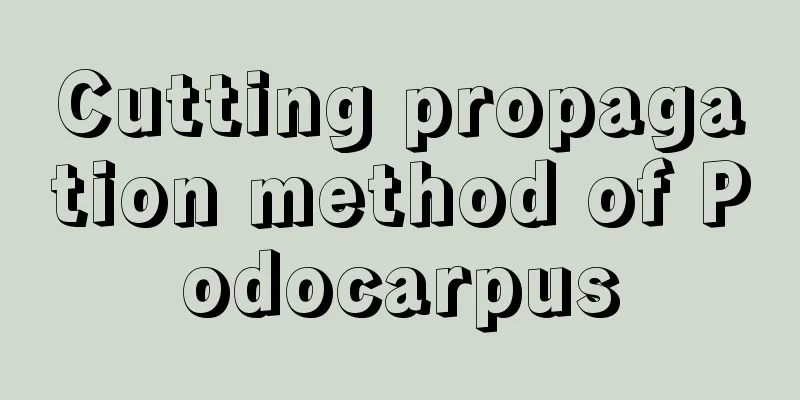Clematis cutting method

Cutting preparationPsychology: Be fully prepared mentally before starting cuttings, and once you start you must take good care of it and persevere. Adult plants: The success of cuttings and their subsequent growth are all related to the mother plant you choose. You should choose healthy and disease-free plants, so that you can save a lot of trouble in maintenance later. Tools: Flower pots, water, soil are all necessary, as well as auxiliary tools such as scissors and bamboo sticks. Cutting branch selectionChoose healthy branches, preferably semi-woody ones. Those that are too tender or too old are not conducive to rooting. Semi-lignification refers to the phenomenon that the new branches of the year will become lignified about 1-2 months after flowering, which is the transition from tender branches to lignified branches. Choose branches with healthy leaves and no diseases or insect pests. Cutting soilSoil is also very important. How can you have healthy branches without a clean and sterile medium ? If you think you can just use the mud from the ground and stick it into the tree and it will survive, this possibility is not great. Commonly used cutting media ( you can refer to it ) : 1. Perlite + vermiculite 1 : 1 ( I use pure vermiculite but I don’t know why the branches are always rotten ) 2. Akadama ( I just used it this year, it’s quite easy to use~ ) 3. Water cutting ( mineral water ) . After choosing the soil, simply insert the branches into the soil. Cutting locationAfter the cuttings are taken, it is essential to find a good location. It should not be too sunny or too shady. You can block the sunlight appropriately. Before the roots take shape, the leaves will definitely wilt if the sunlight is too strong. Place it in a location with scattered light and proper ventilation, and make sure the leaves are moisturized. If the leaves dry up, there is basically no hope for cuttings! Potting after cuttingsThe rooting of Clematis does not mean that it is alive. It is useless if no buds emerge. Once you see many small tender buds appear, you can basically confirm that it is alive and can be planted in a pot. After planting the flowerpot, place the plant in a shaded location, let it grow for a week, then gradually increase the light and wait quietly for the branches to sprout! |
<<: Winter care methods for clematis
Recommend
Main diseases of camellia and their prevention and treatment
anthrax This disease is one of the common disease...
Maiden Cucumber Planting Methods and Techniques
The Jade Maiden Cucumber is not only delicious an...
How to plant peacock arrowroot
1. Container selection To choose a suitable pot, ...
How to grow jasmine well
1. Lighting If you want to grow jasmine well, you...
Can I grow lilacs at home?
Can I grow lilacs at home? You can plant lilac fl...
The difference between Michelia purpurogena and Michelia purpurogena
1. Difference of blades The leaves of Michelia pu...
How much cotton yield per mu
Cotton yield per mu Under normal circumstances, t...
How to care for rose seedlings?
Rose belongs to the Rosaceae family. It has stron...
How to grow Devil's Ivy
1. Breeding environment 1. Soil: When growing dev...
How many times a month can I use fermented rice water to irrigate roses? Can I use rice water to irrigate roses?
1. How many times to water in a month Fermented r...
Is the yield of girl fruit high? What is the yield per mu?
Is the yield of girl fruit high? If the planting ...
How to grow lettuce, lettuce pictures
1. How to plant 1. Time: Lettuce prefers cool cli...
How long does it take to transplant onion seedlings?
Onions are grown in all parts of China. In order ...
Why do succulent leaves fall off when touched?
Succulents are potted plants that many people lik...
Cultivation methods and precautions of small stone pile
1. Soil The soil suitable for growing small stone...









